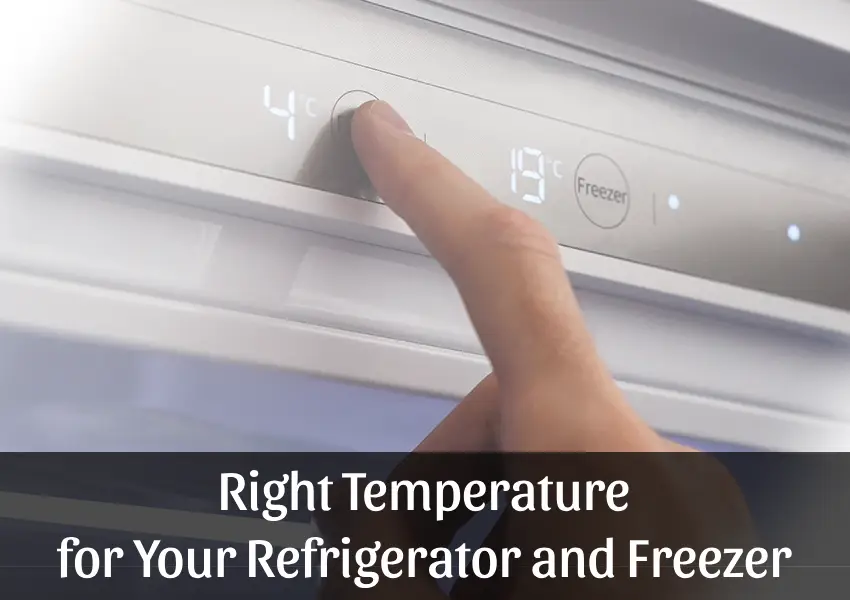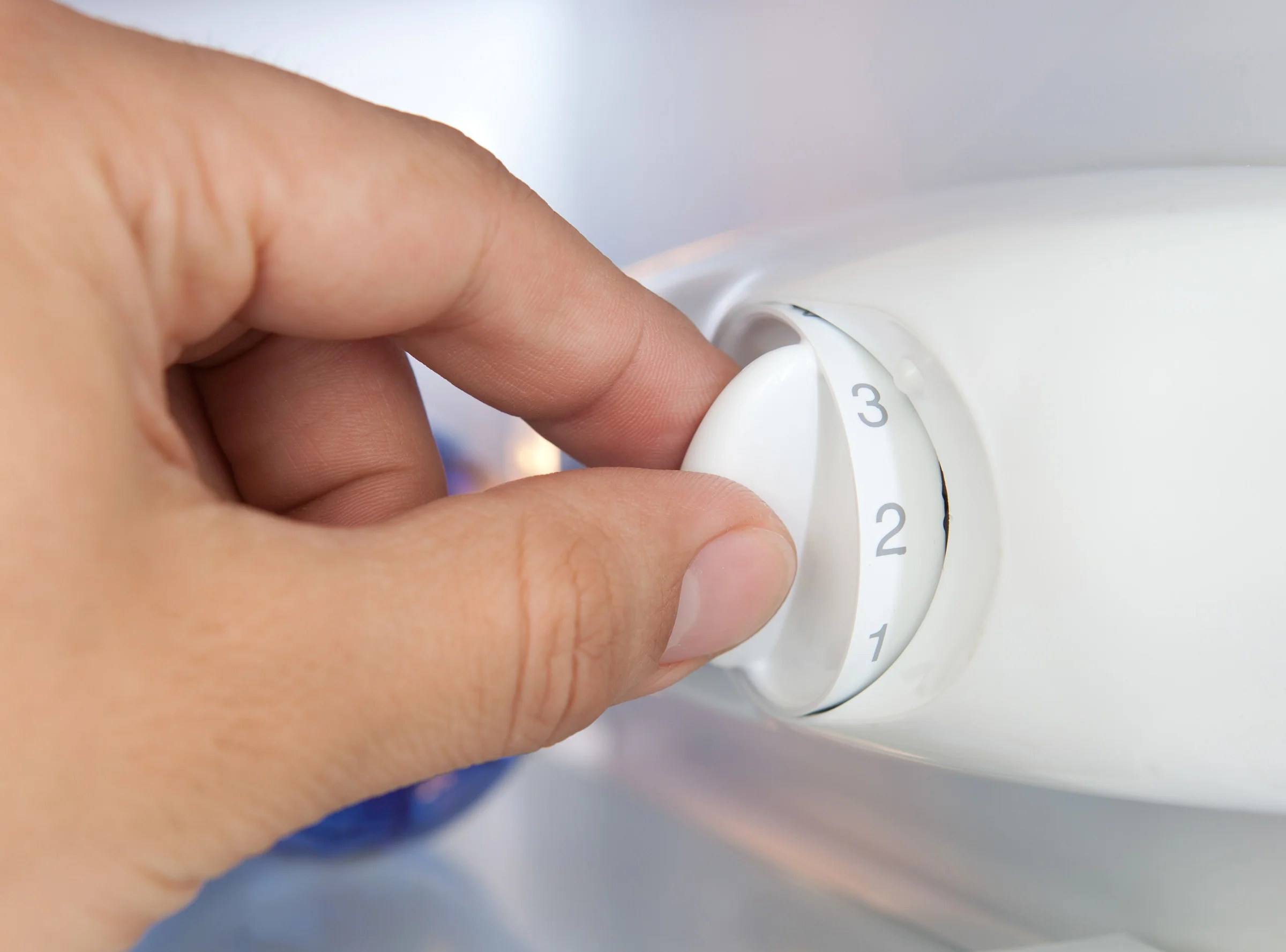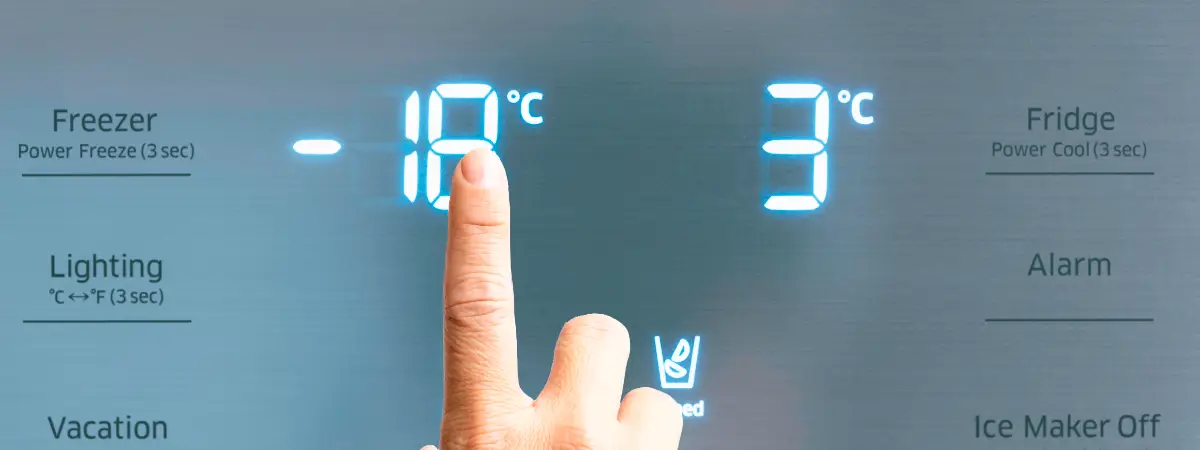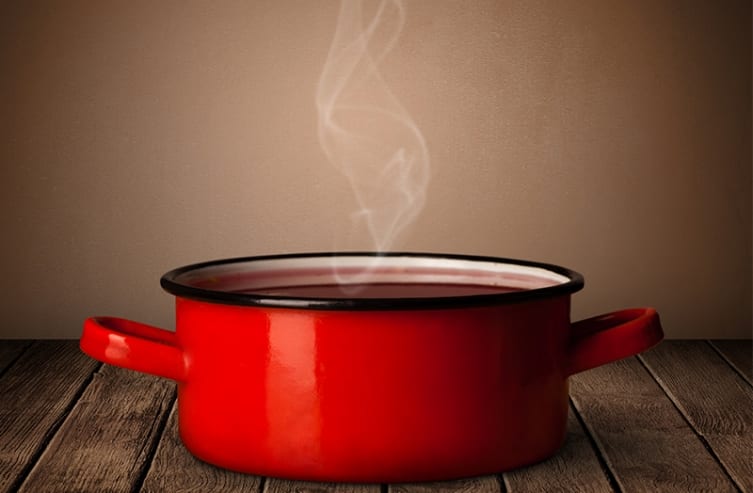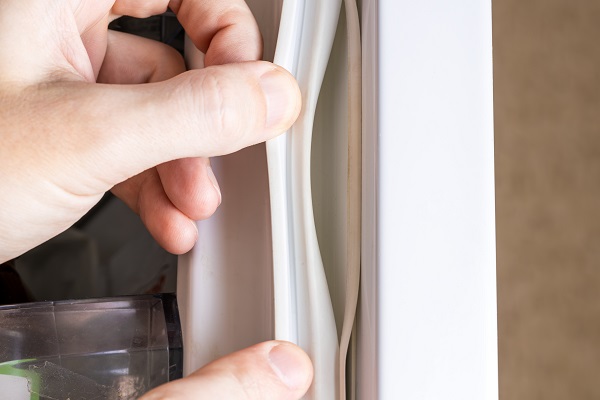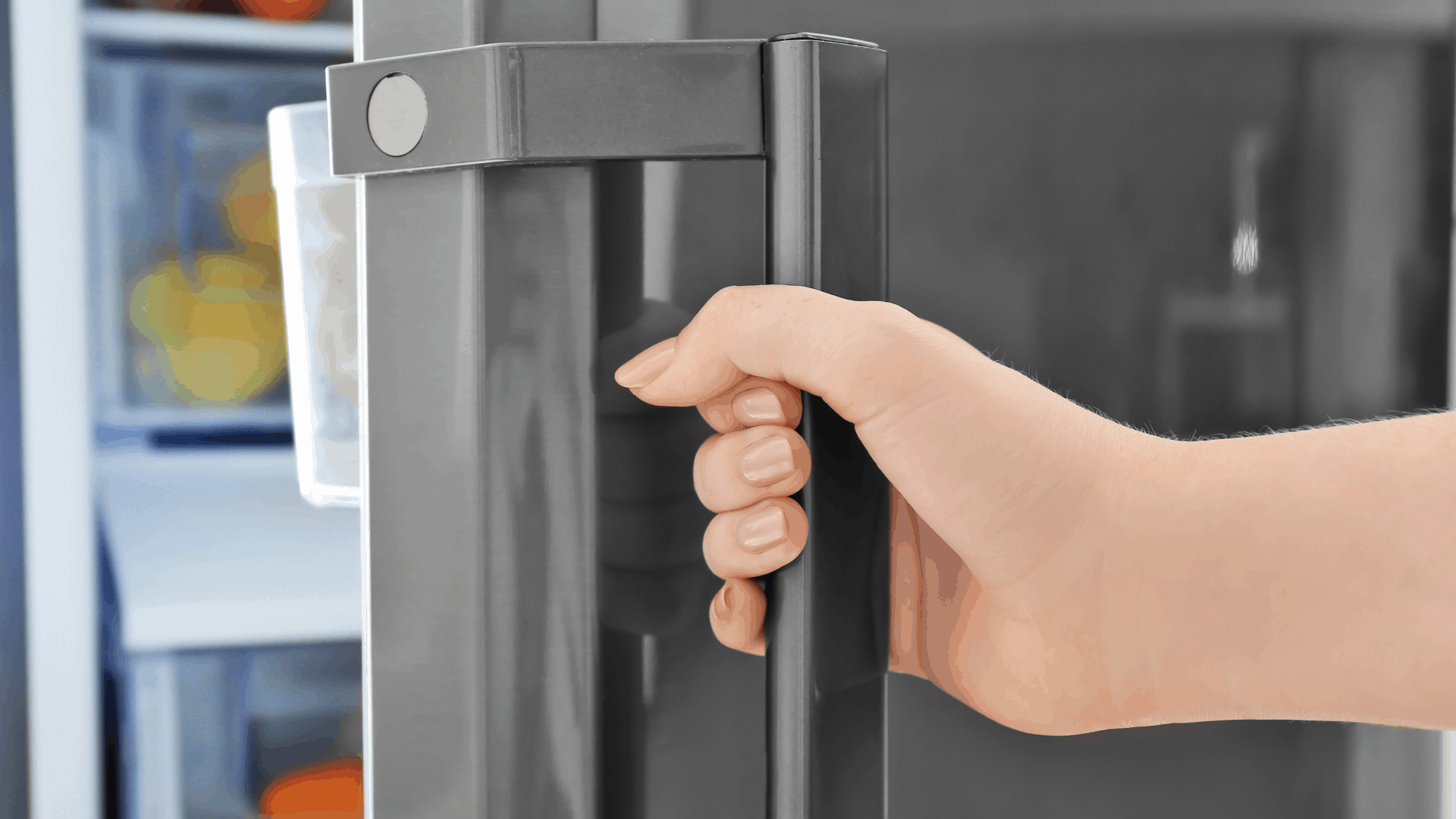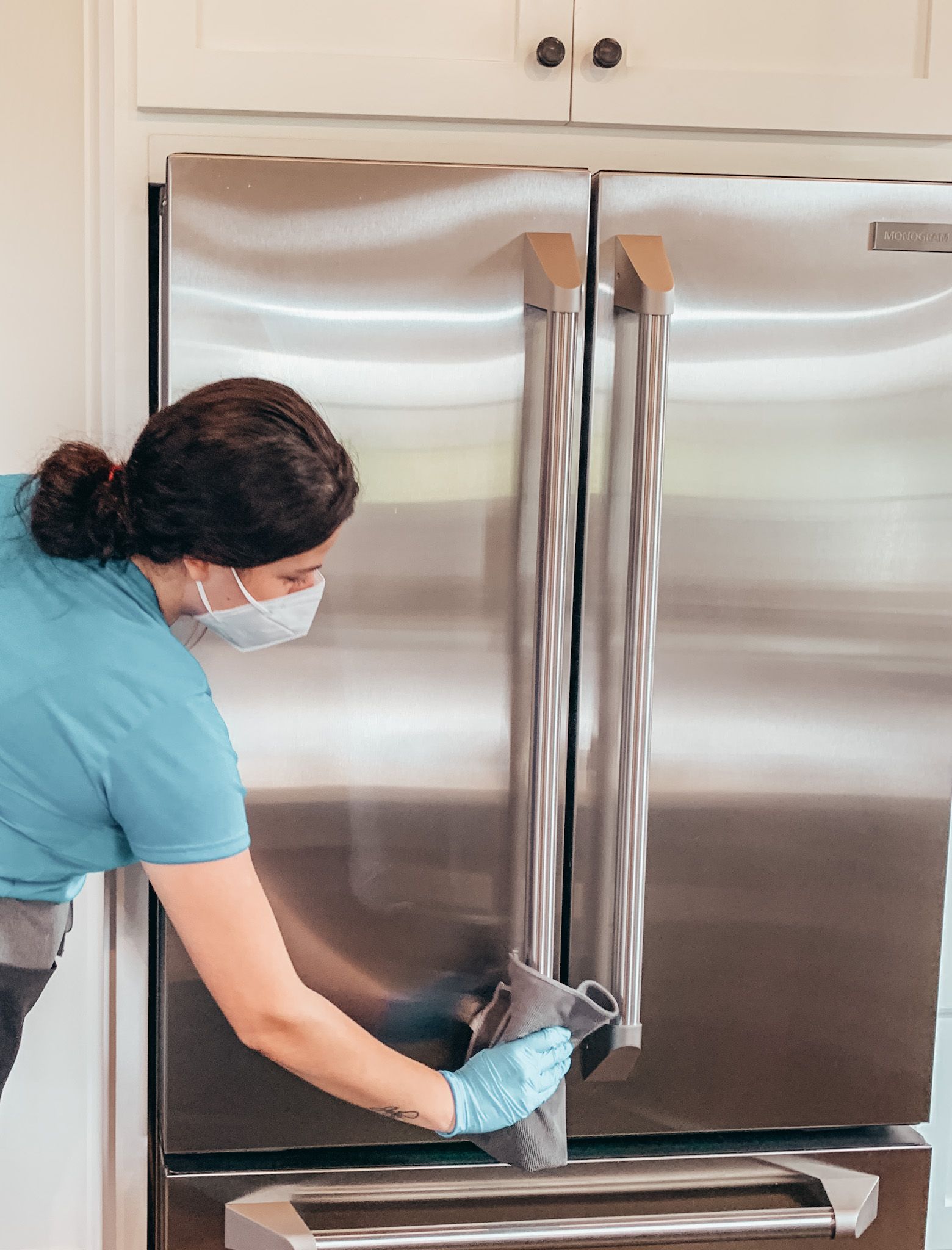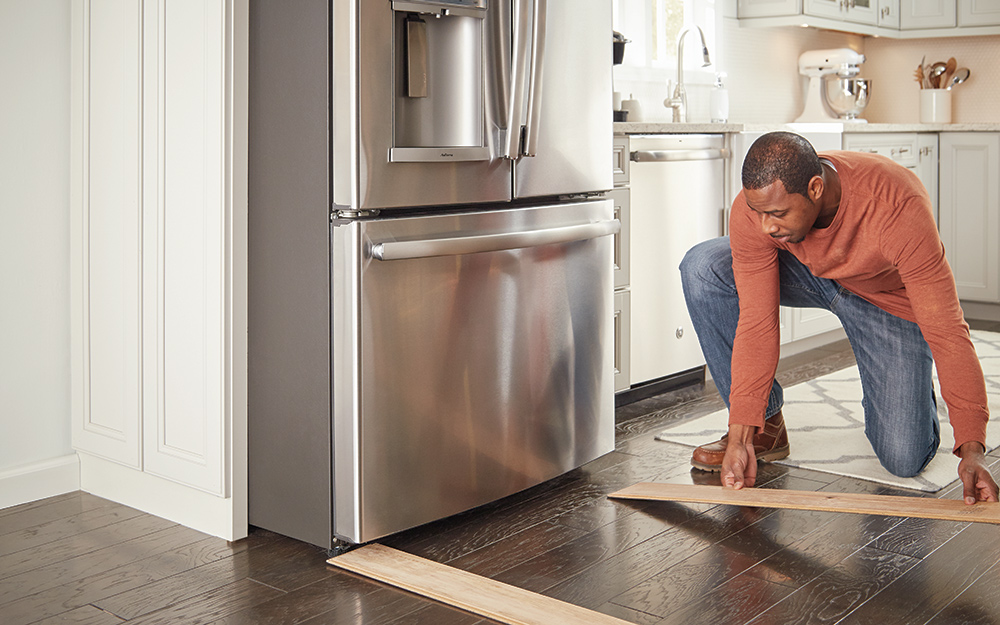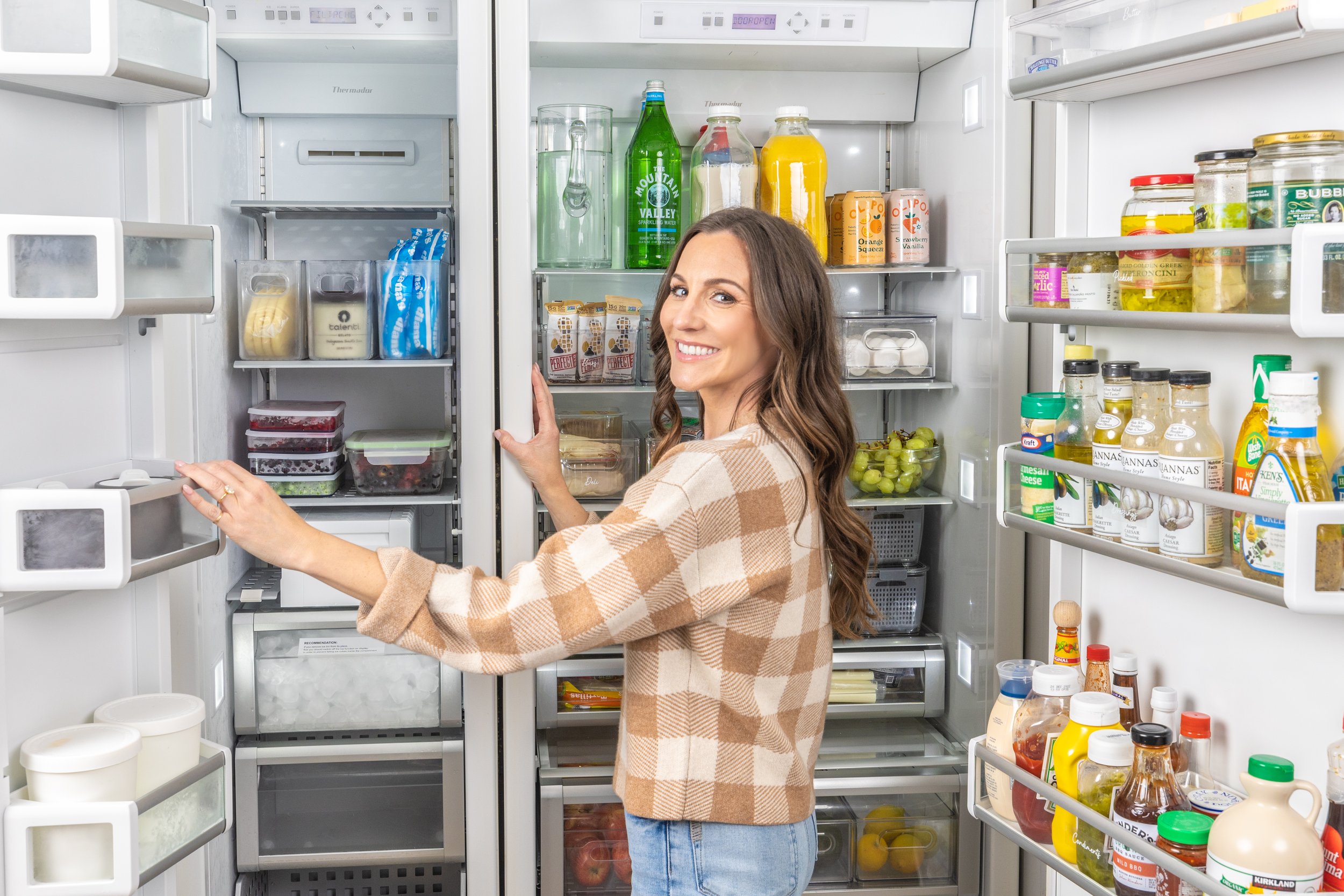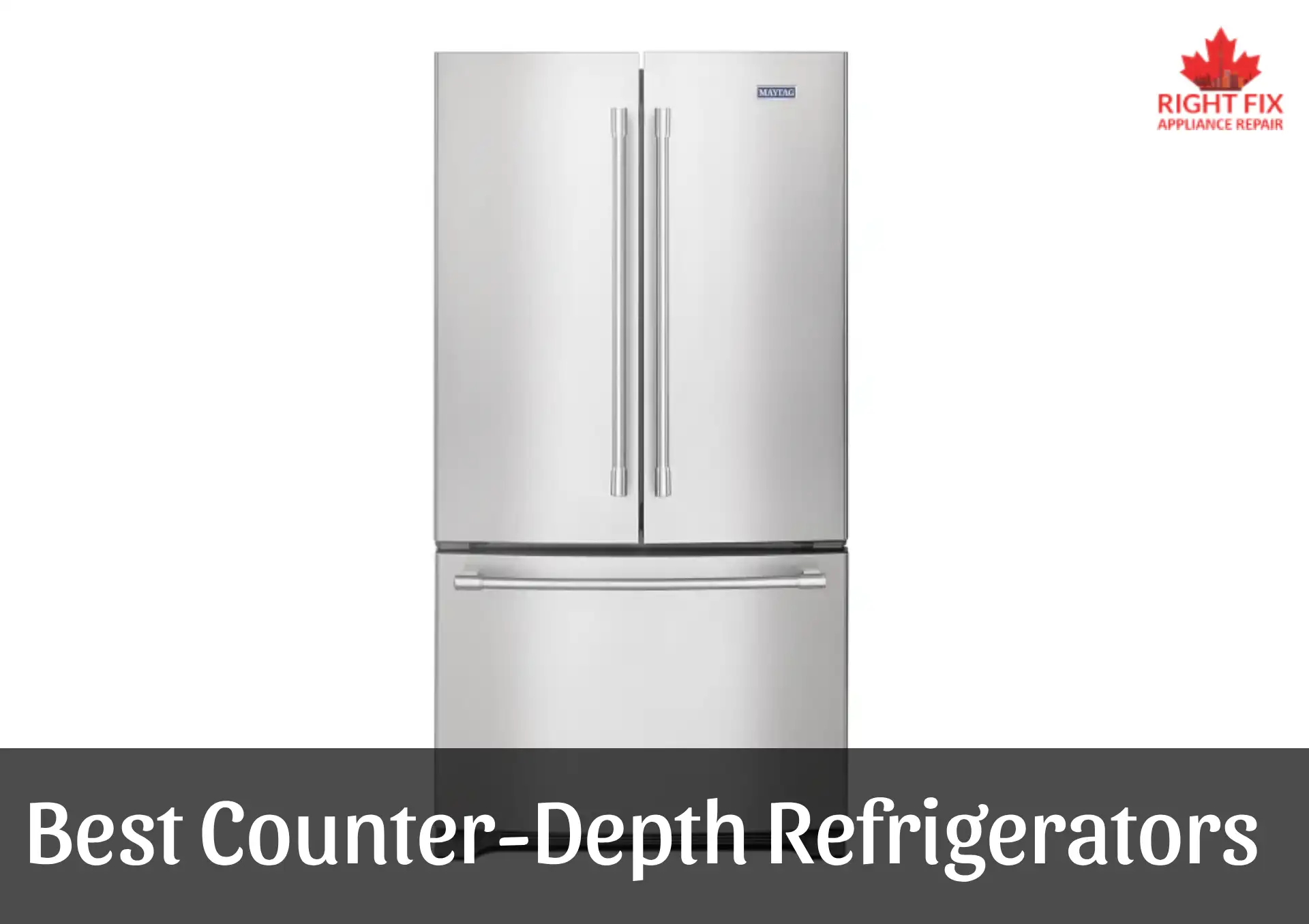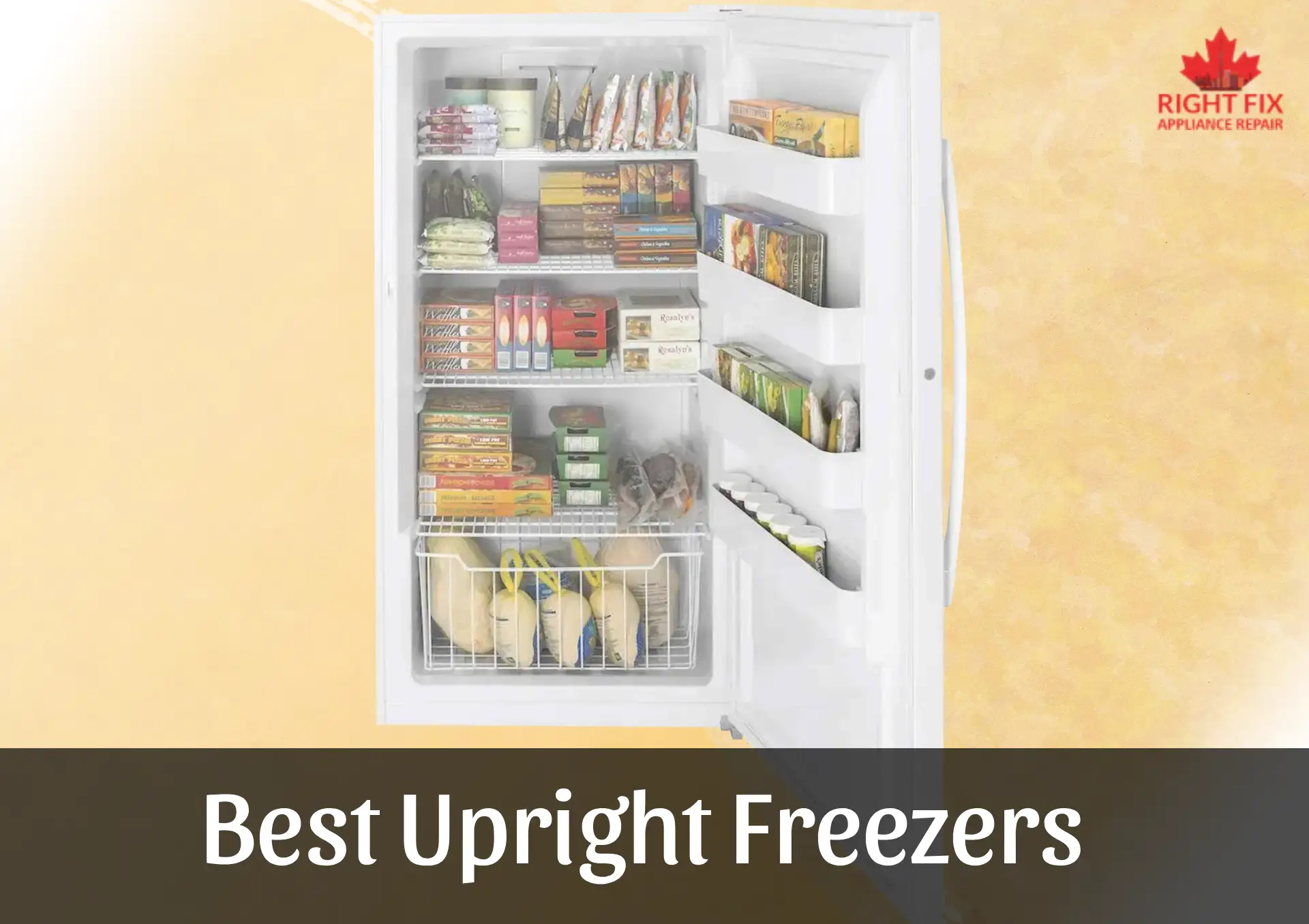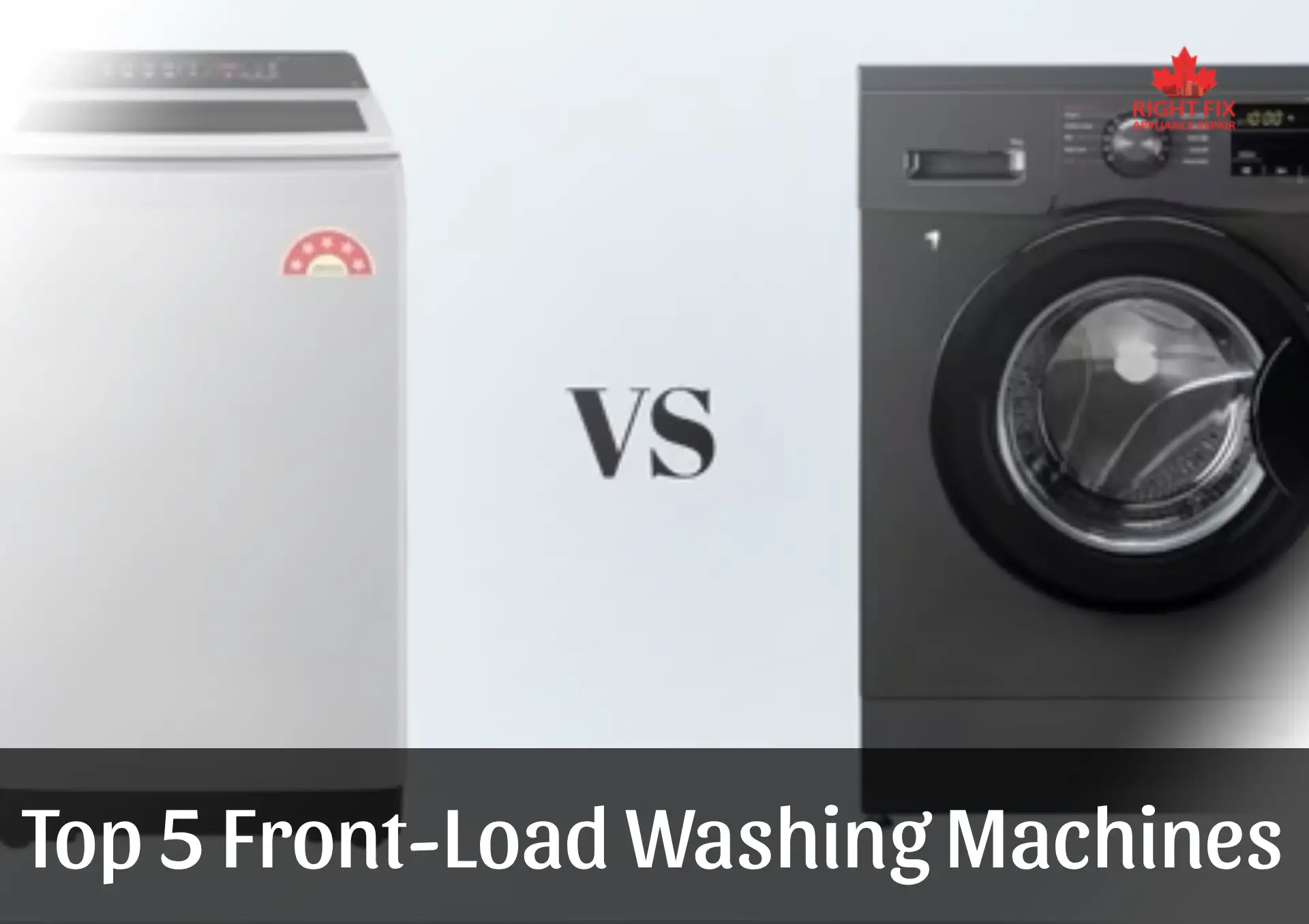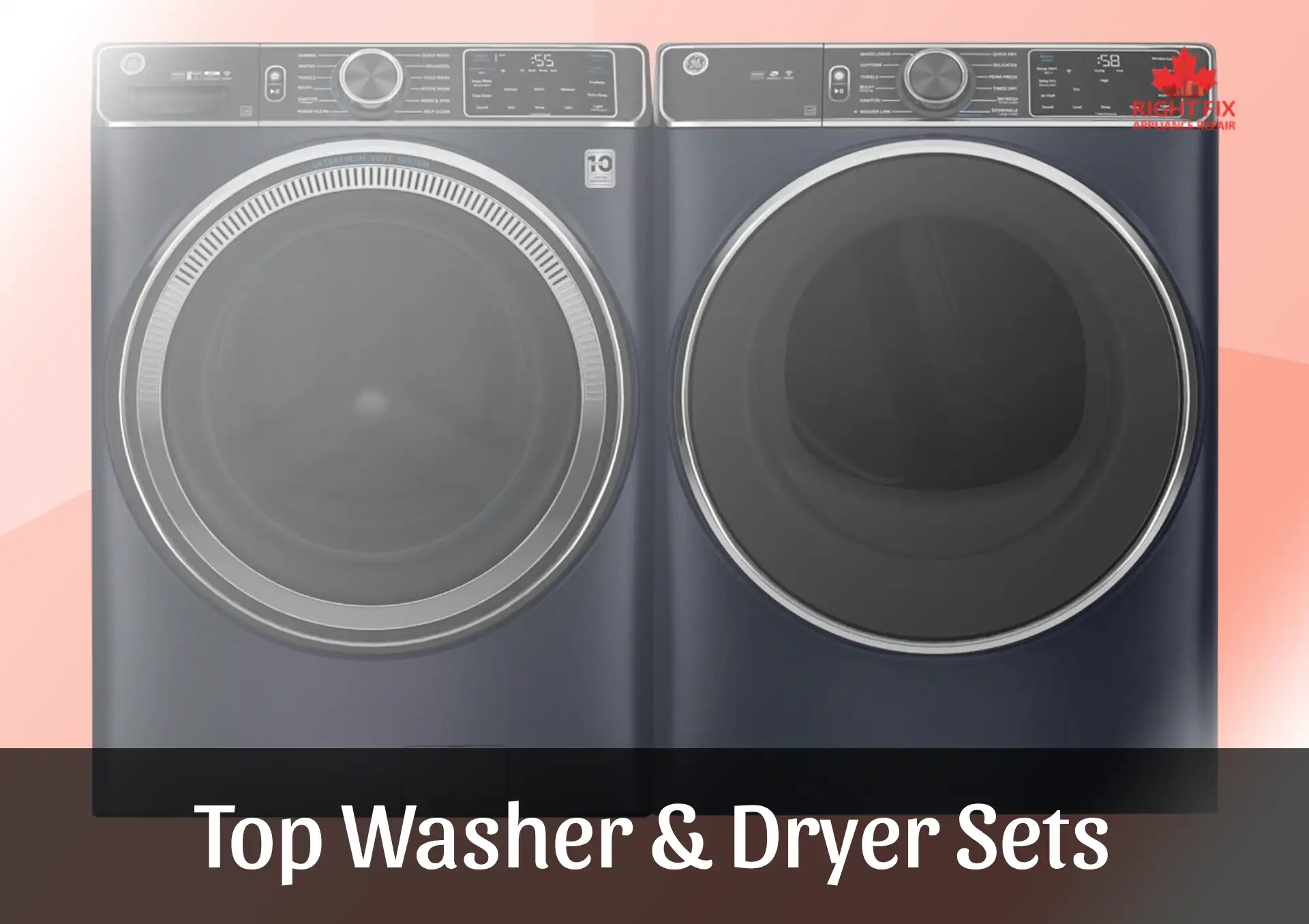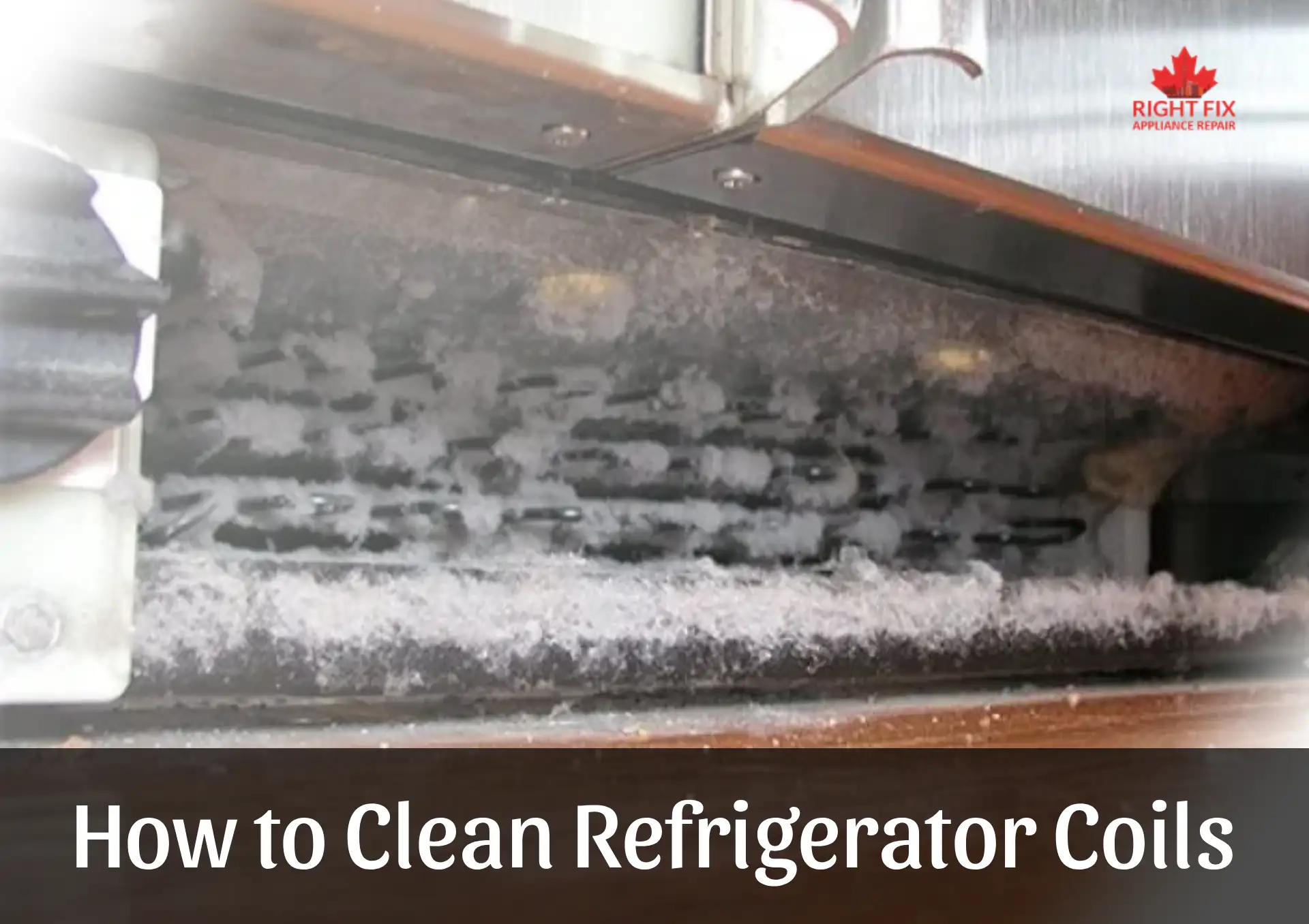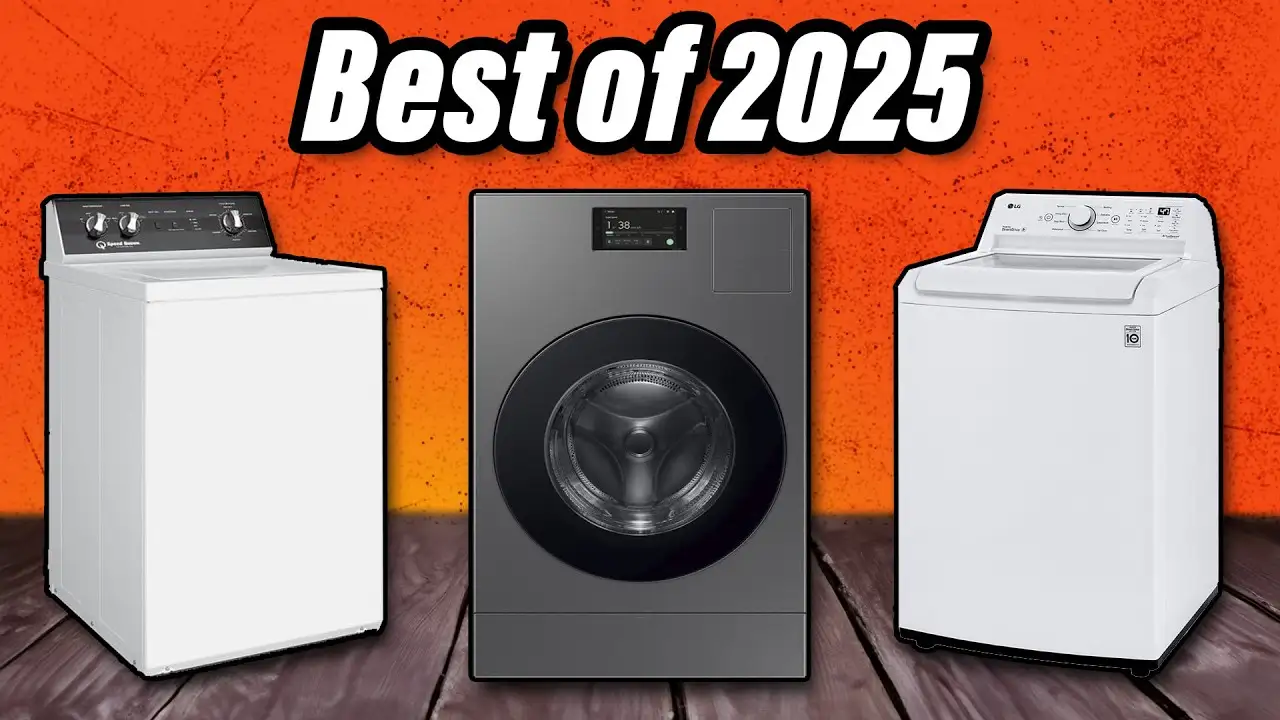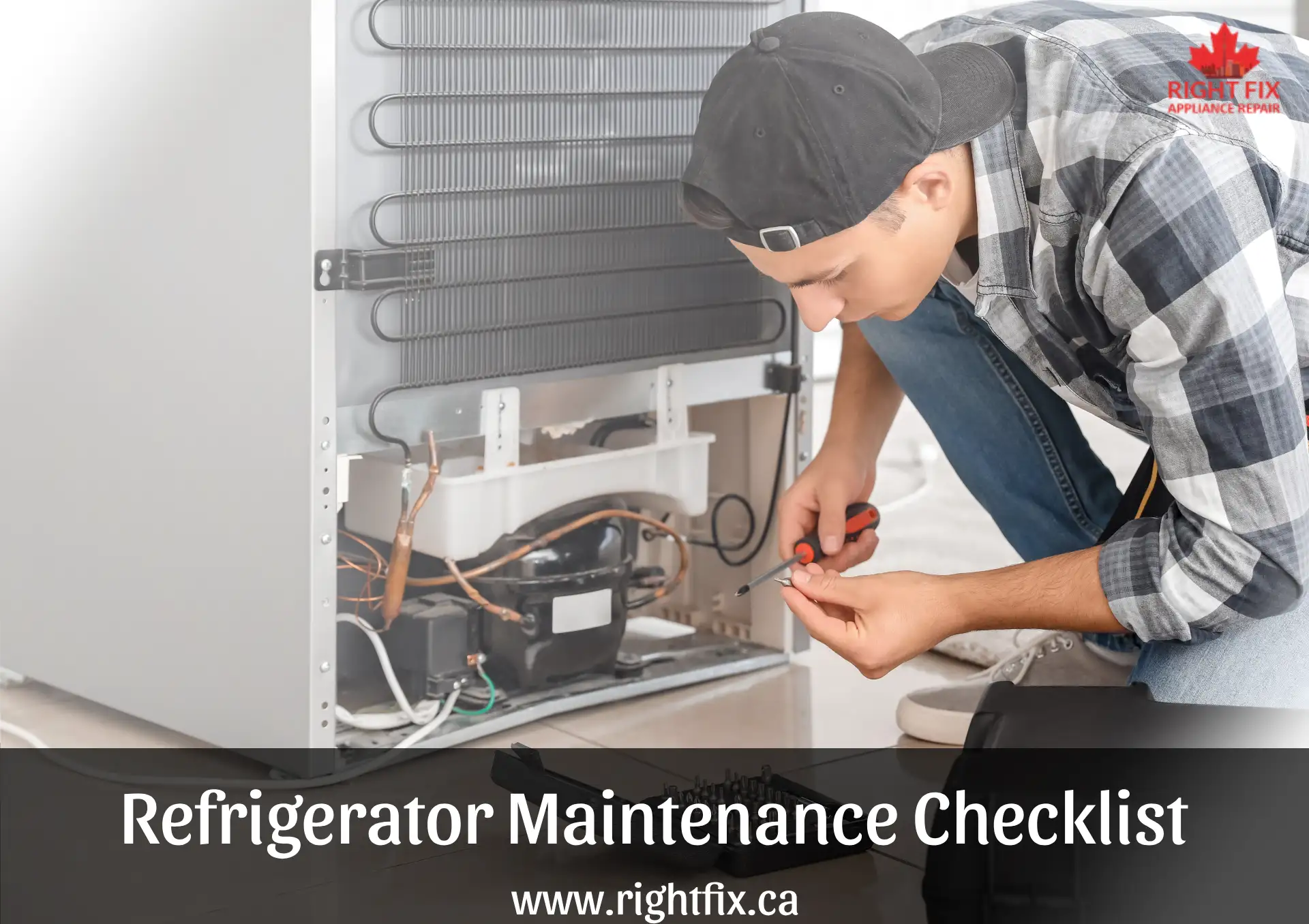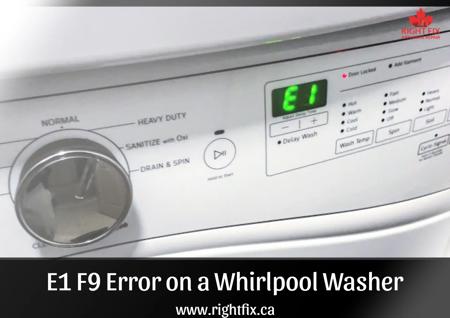Right Temperature for Your Refrigerator and Freezer
Refrigerator and freezer temperatures define food safety, energy economy, and appliance lifetime. Knowing the refrigerator and freezer temperatures helps to prevent bacterial development and keeps perishable products fresh. This article contains exact settings, consistent temperature measuring techniques, and advice on preserving appliance performance.
What Temperature Should a Refrigerator Be?
Between 37°F and 40°F—that is, roughly 3°C and 4°C—is the perfect refrigerator temperature. While avoiding freezing fresh products like fruits and vegetables, this range guarantees your food stays cold enough to stop bacterial growth. Setting your refrigerator to 3°C is a sensible option if you're wondering what Celsius temperature it should be.
When you ask, "What temperature should your fridge be?" take food placement into account. Certain locations, including the entryway shelves, could be just a little warmer than the inside shelves. To keep freshness, store temperature-sensitive products including dairy and raw meat in the colder sections—usually the middle or bottom shelf.
What Temperature Should a Freezer Be?
Best food preservation comes from freezers maintained at 0°F (-18°C). Frozen goods stay safe to eat for longer lengths of time at this temperature without running the danger of spoiling. Remember that maintaining a consistent 0°F in the freezer is essential for properly freezing perishable items; thus, know what temperature your refrigerator and freezer should be set at.
How to Measure an Accurate Temperature
Use a dependable thermometer to make sure your freezer and refrigerator are set at the right temperatures. Although many appliances feature built-in thermostats, their accuracy may not be always perfect.
Use these instructions to precisely gauge the temperature:
-
Center a refrigerator thermometer in your refrigerator such that it avoids touching vents or walls.
-
For freezers, instead of laying the thermometer straight on a shelf, position it between frozen products.
-
To guarantee a correct outcome, wait 24 hours before reading.
-
Change the settings as necessary, then double-check the temperature another 24 hours.
Food safety recommendations and prevention of foodborne diseases depend on accurate temperature control.
Frigidaire Temperature Settings 1-9
When it comes to setting the temperature on your Frigidaire refrigerator, the range from 1 to 9 can sometimes be a little confusing. Here’s a quick explanation to help you make the best choice.
In most Frigidaire models, 1 represents the warmest setting, while 9 is the coldest. If you’re looking for the ideal balance for keeping your food fresh, the manufacturer usually recommends setting the dial somewhere in the middle—around 4 or 5.
Tips for Optimal Use:
- Refrigerator Temperature: Aim for 37°F (3°C) to keep fresh foods in perfect condition.
- Freezer Temperature: Set it to 0°F (-18°C) for optimal freezing and long-term storage.
- If your fridge seems too cold or too warm, adjust the dial incrementally and give it 24 hours to stabilize before making further changes.
Common Troubleshooting:
- If food is freezing in the fridge: Move the dial closer to 1.
- If food isn’t staying cold enough: Move the dial closer to 9.
- Ensure proper airflow inside the fridge by not overcrowding shelves, as this can impact temperature consistency.
By maintaining the correct settings, you’ll not only preserve your food but also help your refrigerator run more efficiently. If you’re still unsure, refer to your Frigidaire user manual for specific guidance.
How to Keep Your Fridge and Freezer Cool
Maintaining the proper temperature calls more than just adjusting the thermostat. Your refrigerator's and freezer's efficiency can vary depending on several elements. Here are some basic pointers:
Let Food Cool Before Storing It
Directly refrigerated or frozen hot or warm food can increase the internal temperature, which would cause the appliance to run harder to cool down. Before refrigeration, always let leftovers come to room temperature. This habit also helps to avoid condensation, which may cause freezers to develop ice.
Check the Door Seals
Damaged or worn-out door seals can let cold air escape, causing temperature swings and more energy use. Look at the seals often for cracks or gaps. Close a door on some paper to test the seal. If the paper slips readily, the seal could have to be changed.
Stop Opening the Door So Much
Regular or lengthy door opening lets cold air escape, which drives your appliance to run harder to keep the specified temperature. Instead of opening and closing the door constantly, plan your refrigerator trips by removing all required goods all at once.
Clean Around Your Fridge
Dust and trash can build up on the condenser coils, therefore lowering the cooling efficiency of the device. Using a vacuum or coil brush, clean these coils minimum twice a year. Clear ventilation helps to preserve correct refrigerator temperature and enhances energy-efficient refrigerator settings.
Move Your Fridge a Few Inches Away from the Wall
Effective cooling of the device depends on appropriate airflow surrounding it. Make sure your refrigerator allows heat to dissipate by at least a few inches separating it from the wall. This habit guarantees your refrigerator can keep the proper temperature and helps prevent compressor overheating.
Keep the Fridge and Freezer Full
Because the things kept in a full refrigerator and freezer preserve cold air, their temperatures remain more effectively than those of empty ones. Still, avoid overpacking since it will hinder ventilation and obstruct vents. Perishable food cold storage depends on balance.
Book an Appointment with Our Technicians
See a specialist if you still have temperature problems after using these ideas. Our area of expertise at Right Fix is refrigeration problem diagnosis and repair, so guaranteeing optimal operation of your appliances.
Our technicians can:
-
Check and fix broken thermostats.
-
Mend broken door seals or gaskets.
-
Handle cooling or ventilation problems.
Maintaining fresh, safe, and free from bacterial food depends on proper refrigerator and freezer maintenance. Make sure you schedule a visit with our professionals to have your appliances running as best as they could be.
Understanding and preserving the proper temperatures can help you to guarantee energy efficiency, prolong the life of your appliances, and preserve food safety for eating.
Location we Service
- Ajax
- Alliston
- Aurora
- Bolton
- Bradford
- Brampton
- Brantford
- Burlington
- Caledon
- Cambridge
- Concord
- East York
- Etobicoke
- Georgetown
- GTA
- Guelph
- Halton Hills
- Hamilton
- Innisfil
- Keswick
- King City
- Kitchener
- Kleinburg
- Maple
- Markham
- Milton
- Mississauga
- New Tecumseth
- Newmarket
- North York
- Oakville
- Orangeville
- Oshawa
- Pickering
- Richmond Hill
- Scarborough
- Schomberg
- Stouffville
- Thornhill
- Toronto
- Unionville
- Uxbridge
- Vaughan
- Waterloo
- Whitby
- Woodbridge

